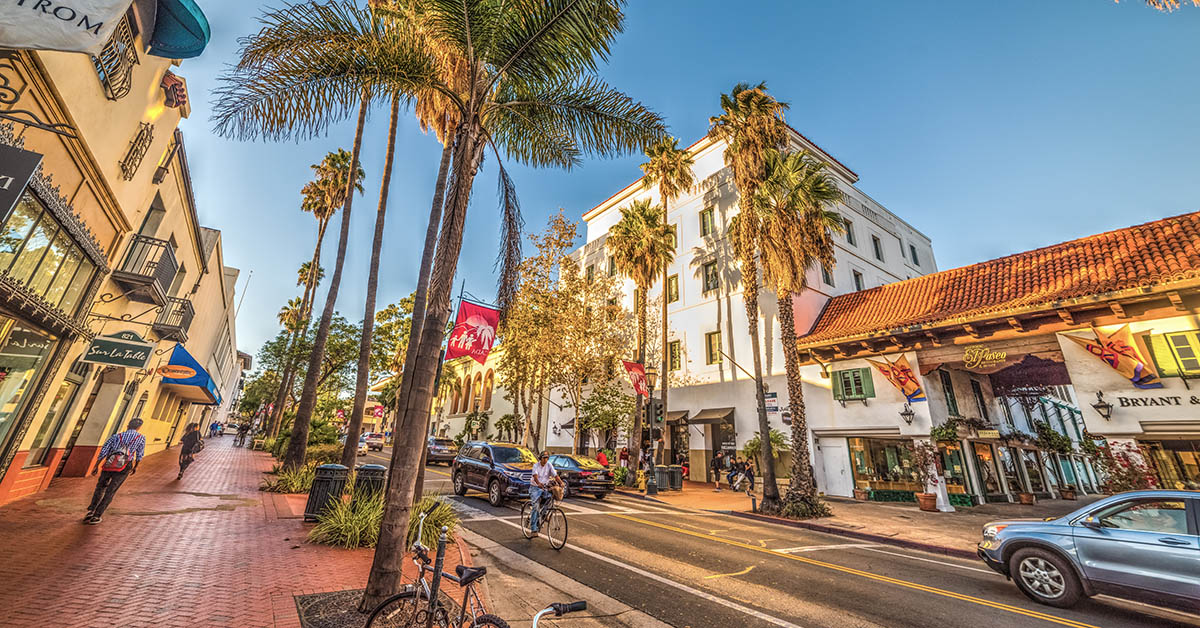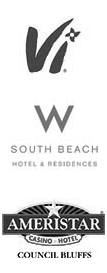Cities & Towns

In modern urban environments, ensuring robust cellular coverage is crucial for several compelling reasons. Firstly, it facilitates seamless communication, enabling residents and visitors to stay connected with family, friends, and business associates. This connectivity extends to accessing vital information and services, thus enhancing daily interactions and productivity.
Moreover, reliable cellular coverage is indispensable for emergency services. It ensures that individuals can promptly reach emergency responders during critical situations, thereby safeguarding public health and safety. This level of accessibility is vital for police, fire departments, and medical services to respond swiftly and effectively.
In the realm of business and commerce, robust cellular networks underpin economic growth by providing essential communication and information technology infrastructure. Businesses rely on these networks for various operations, from customer engagement to data management, fostering a thriving local economy.
Public safety is significantly bolstered by dependable cellular connectivity. Emergency responders depend on these networks for efficient communication during crises, ensuring coordinated and timely responses that can save lives and mitigate damage.
Additionally, the quality of life for residents is markedly improved through access to information, entertainment, and other services via mobile devices. This access enriches everyday experiences and enhances convenience, making urban living more enjoyable and efficient.
Despite these advantages, cities and towns can experience suboptimal cellular coverage due to several factors. Network congestion is a common issue in densely populated areas, where the sheer volume of users can overwhelm cellular networks, resulting in slower data speeds and frequent dropped calls.
The presence of tall buildings and other structures can also interfere with cellular signals, obstructing coverage and weakening signal strength throughout urban landscapes. This architectural interference poses a significant challenge to maintaining consistent and reliable connectivity.
Furthermore, outdated or insufficient network infrastructure can limit the capacity and coverage of cellular networks. Cities with older systems may struggle to meet the demands of modern mobile technology, leading to service disruptions and inefficiencies.
Spectrum availability is another critical factor, as carriers may face limitations in the frequency bands allocated to them. This constraint can hinder their ability to deliver high-quality cellular coverage, particularly in high-demand areas.
Interference from other signals, such as Wi-Fi, Bluetooth, and various electronic devices, can also degrade the quality of cellular networks. This type of interference is prevalent in urban environments where numerous electronic devices operate in close proximity.
Given these challenges, it is not uncommon for cities and towns to experience pockets of poor cellular coverage, especially in densely populated areas with substantial structural obstructions. Addressing these issues requires continuous investment in infrastructure, innovative solutions to manage congestion, and strategic allocation of spectrum resources to ensure that urban areas can enjoy the full benefits of modern cellular technology.
Our Clientele
Explore some of the great companies that RSS has worked with.
Why RSS?
The licensed wireless industry is intricate. Experience has been a part of Repeated Signal Solutions (RSS) from the company’s inception in 2004. Unlike our rivals, RSS has been active in the licensed wireless frequency market for 19 years and still represents the majority of our first clients nationally.
- 1
Financial Transparency
The RSS methodology has been demonstrated to put everyone at ease. This approach is the result of 19 years of expertise. - 2
Trust: 92%+ of Our Customers Are Recurring
Among licensed wireless services, RSS is one of the few that puts the client first. - 3
Respect and Understanding for All Stakeholders
To ensure that each party contributes for their use case, our process supports the creation of budgets for each group’s allocation of the system. - 4
Total Solution Experience
We offer end-to-end life cycles with the standard carriers SLAs starting at 10 years as part of our solutions.
Ready to Speak With Our Team?
RSS’ mission is to act on behalf of our customers and provide innovative methodologies and detailed solutions that meet their wireless coverage challenges. We strive to provide value propositions based upon ethical business approaches with a high level of transparency and communication which builds mutual trust, respect and a basis for replicable results in our products and services delivery.
Pete Bohley, President of RSS
























